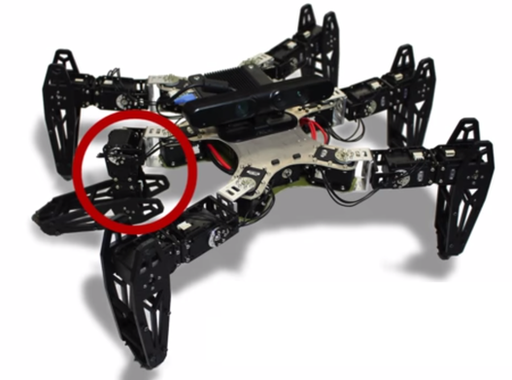A robotics science team has created a new software algorithm that could help robots to recover from major damage more effectively. The broken robots can quickly adapt to "heal" arm and leg injuries.
Jean-Baptiste Mouret, a Sorbonne University (Paris) researcher, observed that humans need an injury diagnosis to learn the problem with their bodies, and then find a solution. There are times that robots can figure out these answers on its own, and other times that they require a human-created list of set patterns.
Mouret's team believes that robots can adapt to their environments through the trial and error process. A damage report would not be needed first.
This situation is like humans who start to walk with a limp. They begin limping without knowing if they have a sprain, strain, or fraction.
The robotics research is centered on teaching the robot about its body's limits. Then the robot can access such critical information to repair its damaged body.
After the robotics team constructed and programmed the smart machine, the new robot algorithm classified every possible way the robot could move. It then pinpointed the best choices.
Before the scientists conducted field tests, the smart robot had a set of basic instincts about its healthy body. Such self-healing robots then used that knowledge set to test various options based on their robot algorithm.
For example, if a researcher deactivated one of its legs, the robot would use a mathematical model to test new options. It would check its knowledge base of about 13,000 steps, select the best option, and then run a test with its smart sensors' help, according to The Verge.
After merging its intuition and random choices, the robot selected the quickest and most effective choice. Mouret explained that the robot was unaware of what was broken, but looked for the most practical solution.
The researchers' experiments included a 6-legged robot that walked again about one minute after two legs were damaged, according to Live Science. Also, a robotic arm with many broken joints or motors could still position an object in the proper place.
The French scientists' findings were published in this week's issue of the journal Nature.



























